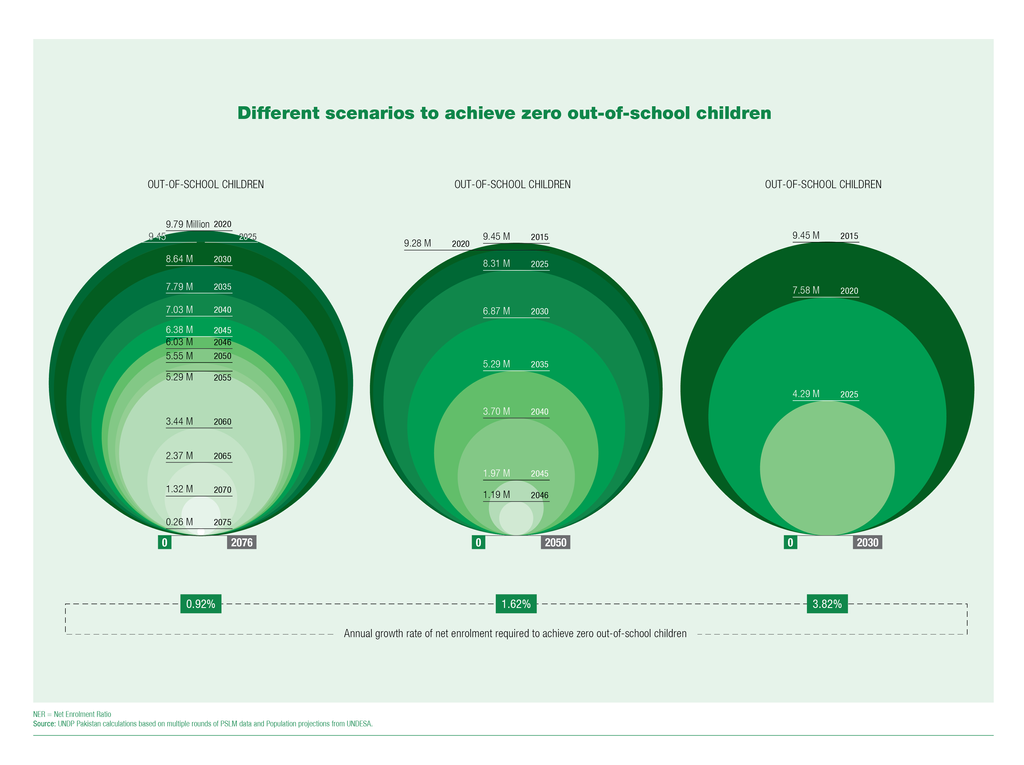Najam OpEd on Youth in Pakistan
Adil Najam, Dean of the Frederick S. Pardee School of Global Studies at Boston University, recently published an article on the soon-to-be-released Pakistan National Human Development Report on Youth of which he is a lead author.
The article, entitled “Eos exclusive: What does it mean to be young in Pakistan?” was published in Dawn on May 2, 2018.
From the text of the article:
Pakistan’s ‘youth bulge’ is very real, even palpable. 29 percent of Pakistan is between 15 and 29 years of age (our definition of youth) and as much as 64 percent is below the age of 30.
What that means is that there are a lot of young people in Pakistan, and that the number of young people will increase till about 2050, even as the proportion of older people also grows as today’s young move into middle and older age groups.
We do not need statistics to tell us that Pakistan is a young country. It is all too evident, all around us. In the workplace. On the streets. On our screens. In the content of our advertising. Even in politics.
But what does it mean to be young in Pakistan today?
For the last three years, I have been consumed by this question. And it has led to one of the most fascinating intellectual journeys of my life.
What we found has left me dazed, amazed, elated, disturbed, hopeful and scared. All at the same time.
But, most of all, it has left me convinced that the future of Pakistan — good or bad — will be determined by those who are between 15 and 29 today.
And that the young of Pakistan are already defining that future right now.
Adil Najam is the inaugural dean of the Pardee School for Global Studies at Boston University and was former Vice Chancellor of the Lahore University of Management Sciences. His research and teaching is on global policy and diplomacy, including on international negotiations.
